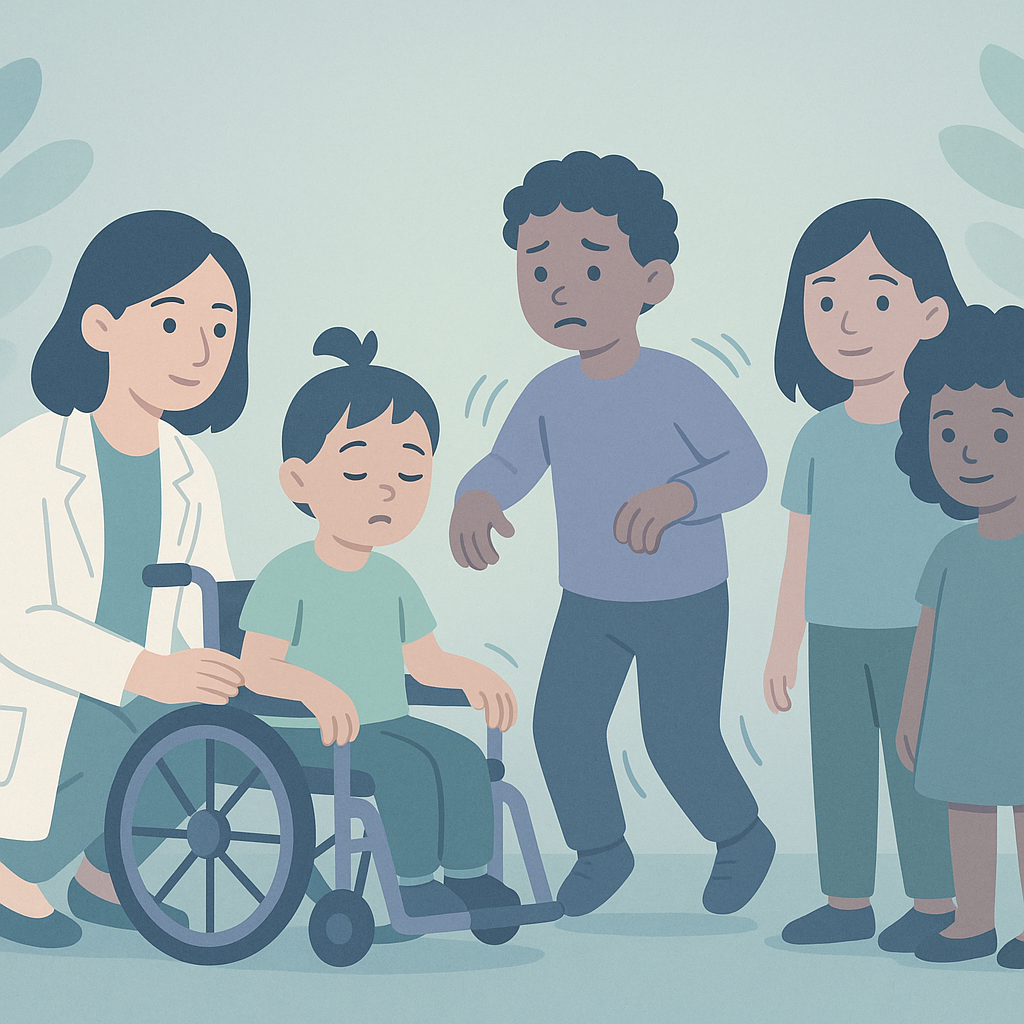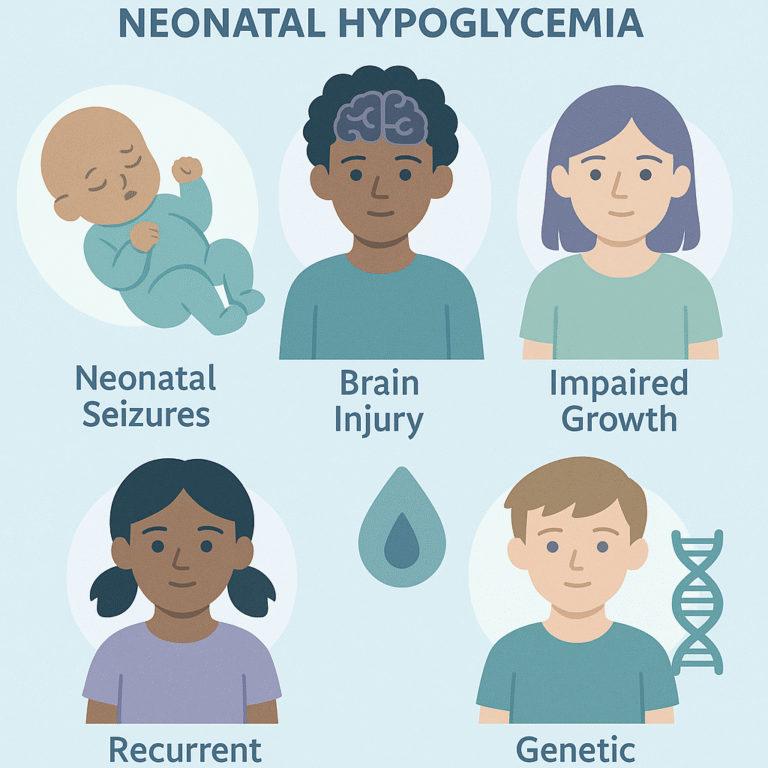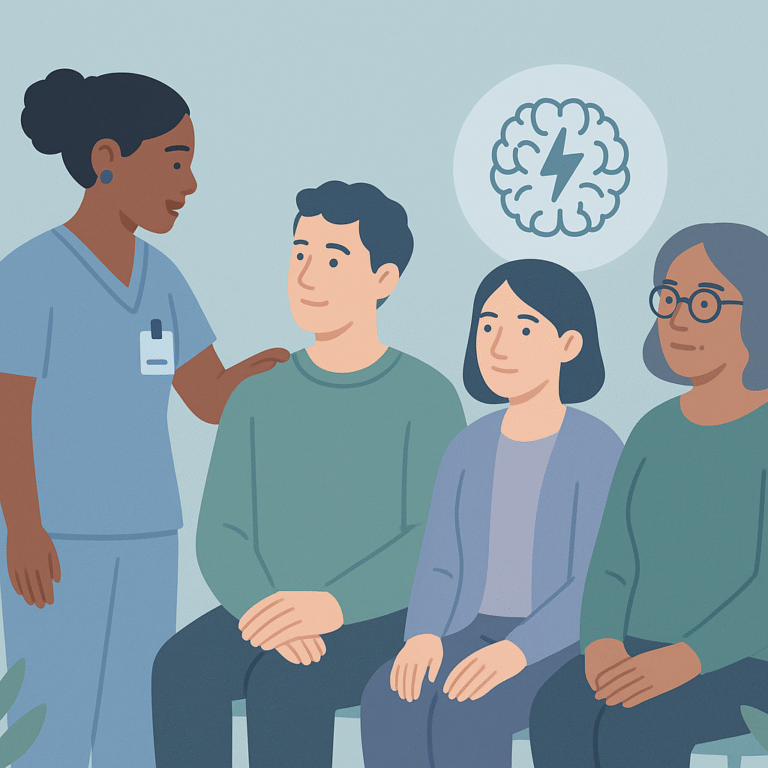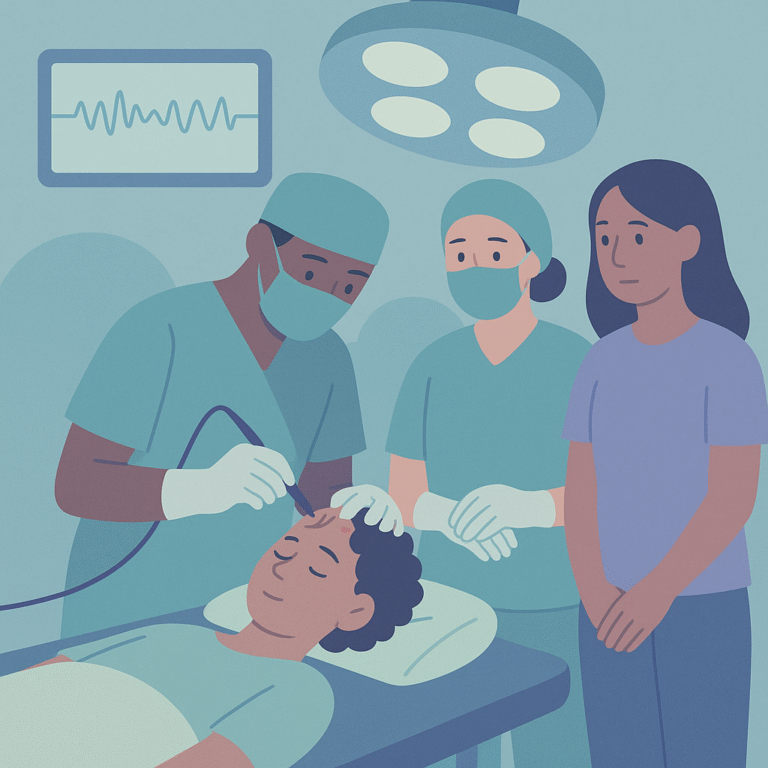Suspect GNAO1 Gene Defect in Movement Disorders in Children
⚠️ Infant dosing/safety: medication and diet decisions for infants require individualized medical guidance.
Source: Annals of Indian Academy of Neurology
Summary
Researchers studied a 9-year-old girl with a rare movement disorder linked to a mutation in the GNAO1 gene. This gene is important for how nerve cells communicate. The girl experienced unusual movements called choreo-dystonia and had episodes of worsening movements, known as dyskinetic storms, especially after fevers. She had no significant findings on her brain MRI, and her condition improved with a medication called haloperidol.
The key finding from this case is that GNAO1-related disorders can cause developmental delays, seizures, and movement issues in children. This particular girl’s symptoms highlight that GNAO1 mutations might be an overlooked cause of these problems, especially in young children. The researchers suggest that doctors should consider this gene when diagnosing similar cases, particularly when a child has developmental delays and movement disorders.
This research is important because it raises awareness about GNAO1-related disorders, which are not commonly recognized. Identifying this condition can lead to better understanding and treatment options for affected children. However, since this is just one case, more studies are needed to confirm these findings and understand how often GNAO1 mutations occur in children with similar symptoms.
Free: Seizure First Aid Quick Guide (PDF)
Plus one plain-language weekly digest of new epilepsy research.
Unsubscribe anytime. No medical advice.





